In pictures: Pendulum's studio and live setups
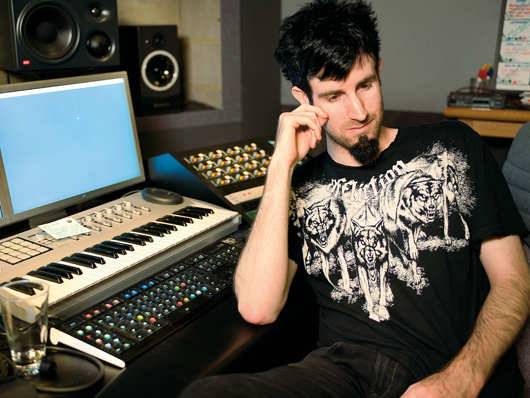
Swire love
From drum ‘n’ bass upstarts to all-conquering electronica/rock globetrotters, Pendulum have had quite a few years. Earlier in 2010, Future Music magazine spoke to the band’s frontman/producer Rob Swire about studio gear, live setups and analogue warmth: this is what he had to say.
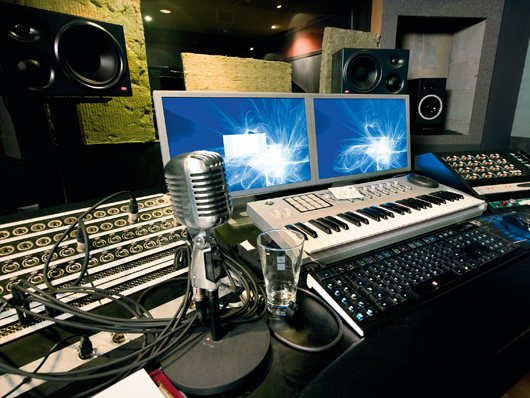
Studio
While many drum ‘n’ bass acts profess a love for hardware gear, Rob’s setup has a software core. “By the time I started making drum ’n’ bass, everything could be more or less done on the computer,” he says. “I’m not saying those first soft samplers were any good, but it meant I got used to having everything on board.
“It was GigaStudio in the late-‘90s that really kicked it off for me. I was working on a huge tower PC and used to carry the damn thing around when I was playing gigs. I would travel on public transport with my PC and a monitor. That’s dedication for you!
“Very soon, it became obvious that, in the very near future, all the sounds I needed would be generated by software. That was great, really, ’cause it meant that I didn’t have to spend hundreds and hundreds of dollars on expensive, hard-to-get and very temperamental old analogue keyboards or huge vintage sound modules. Software seemed like the obvious route.”
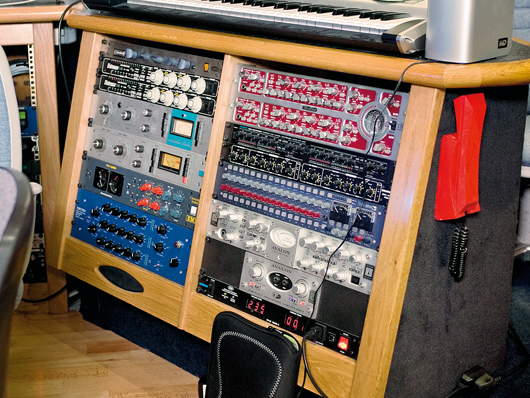
The rack
Despite being a software aficionado, Rob’s studio still has a pretty well-stuffed rack of outboard, too. However, he’s not a producer who wants to try and recapture that elusive ‘tape warmth’.
“Personally, I think tape saturation sounds like shit!” he says. “Why would you want your music to sound like that? I actually like the sound of digital music. Yes, I know you can analyse all the harmonics and explain tape warmth in a very scientific way, but I still don’t think it’s all it’s cracked up to be. We do a pretty good job of getting a dirty sound without worrying about tape warmth. That’s what Waves plug-ins are for.”
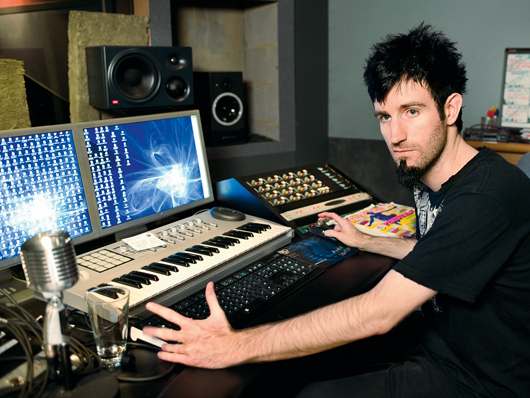
Lead and basslines
Let’s get down to specifics, then - which synths does Rob use to create Pendulum’s massive lead and bass parts?
“I use Reaktor, ImpOSCar and Albino for lead sounds mainly,” he says. “Layer them up. It’s all to fill in each others’ gaps both frequency range wise and in the stereo field. What I tend to do is make the lead sound much too annoying and distorted, and then back it off until it sounds right.
“A lot of basslines comes from [Native Instruments] FM8 or [Cakewalk] Z3ta+ but we’ll use anything as long as it has the right waveforms that won’t interfere with the kicks,” explains Rob.
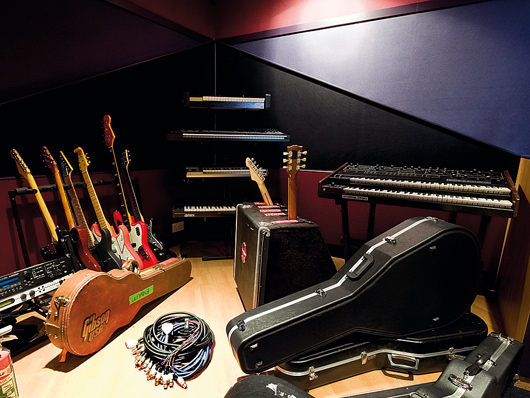
Live room
Pendulum’s sound has a strong rock element to it these days, so it’s no surprise that the band’s live room contains as many guitars as it does synths. That said, fans of classic keyboards will note the presence of the mighty Sequential Circuits Prophet 10 (pictured right), which is basically two Prophet 5s in one.
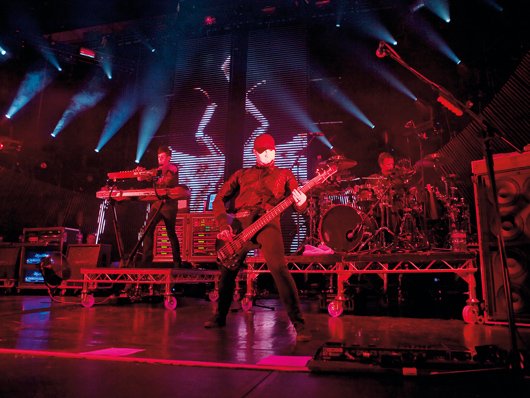
On stage
It’s fair to say that Pendulum are now as famous for their blistering live sets as they are their albums, a fact that Rob Swire is happy to acknowledge.
“I can’t imagine what it’s like being a music producer and just sitting in your studio and releasing tracks," he says. "The live show has been huge for us. It’s how people got to know about us. It’s why they went out and bought the albums. Pendulum would not be the band we are if we didn’t play live shows.”
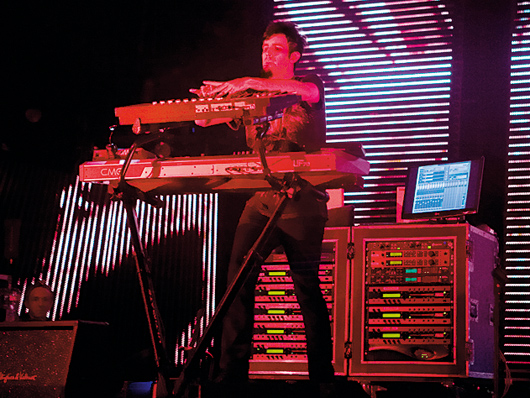
Keyboard rig
Like many bands who use a lot of soft synths in the studio, Pendulum have befriended Muse’s Receptor, a rack-mountable plug-in host.
“The Muse Receptor has become an integral part of the live setup,” says Rob Swire. “We’ve got five of those on stage, plus more in the studio. Basically, they allow you to take anything from the studio and put it in front of a live audience without it feeling like you’re just playing along to backing tracks.”

Live mixing
When it comes to perfecting their live sound, Pendulum favour Digidesign’s Venue system.
“That baby has changed the whole way we think about playing live and mixing the live show. Now, we’re able to record a sound check, stand in front of the PA and actually mix ourselves playing live.
“It means that, as a band, we know what people are listening to. We know if it sounds shit and we can do something about it.”
Liked this? Now read: How to make Pendulum-style ‘live’ DnB drums
Connect with MusicRadar: via Twitter, Facebook and YouTube
Get MusicRadar straight to your inbox: Sign up for the free weekly newsletter
Future Music is the number one magazine for today's producers. Packed with technique and technology we'll help you make great new music. All-access artist interviews, in-depth gear reviews, essential production tutorials and much more. Every marvellous monthly edition features reliable reviews of the latest and greatest hardware and software technology and techniques, unparalleled advice, in-depth interviews, sensational free samples and so much more to improve the experience and outcome of your music-making.


